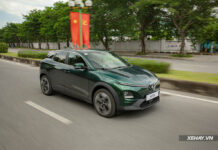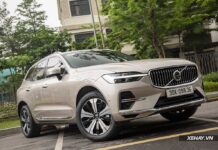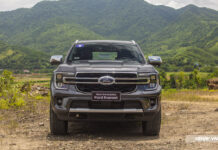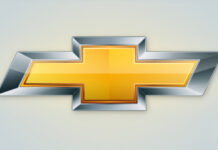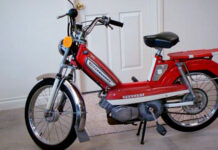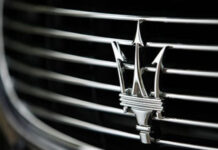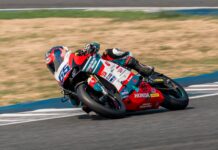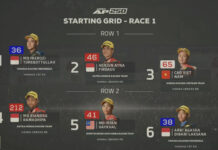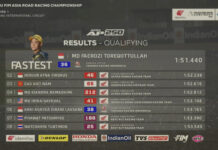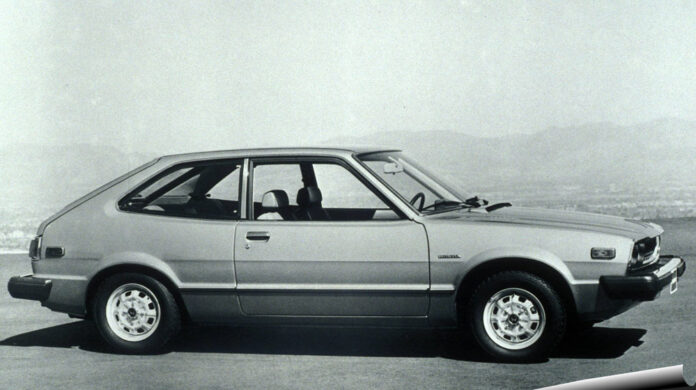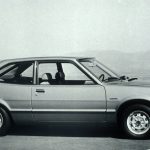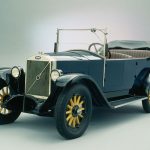This comparison reflects the current state of the car industry in the market. The Camry consistently maintains its top position in terms of sales volume, only occasionally being surpassed by the Mazda6. On the other hand, Teana quietly captures the most discerning customers. Despite achieving great success in foreign markets, the Accord faces challenges in reaching and winning over mainstream customers in the domestic market. So, why is that?
Next year marks the 40th anniversary of the Honda Accord, which is quite impressive. Since its debut in 1976, the Accord has made remarkable progress, evolving from a non-premium model to a champion in many major markets, especially the United States. At the same time, the Vietnamese car market is experiencing new changes. Cars have evolved from valuable assets to essential means of transportation, acting as a tool that reflects each individual’s personal style and uniqueness.
Throughout its 40-year history, the Accord has continuously expanded in terms of power, size, amenities, technology, and materials. This is quite rare for an Asian or even an American car model. And the most important thing is that these bold advancements do not compromise the vehicle’s operational stability or durability.
Moreover, the Accord embodies Honda’s belief that a car is more than just a mode of transportation. This belief has laid the foundation for its exceptional connection and loyalty from owners. Each generation of the Accord is developed with a focus on the connection, emotions, and driving experience of the individual driver. This essence has transformed the car from being relatively unknown to becoming a part of American car culture – something that few Japanese cars have achieved. These are the secrets that make the Accord an iconic car with a seemingly unbeatable position.
Another remarkable aspect of the Accord is the harmonious combination of sportiness and practicality. The name “Accord” first appeared in 1976 when Honda introduced the first generation of this model. During this time, Honda’s CVCC technology quickly helped the company meet strict emission standards. The choice of the name “Accord” was said to reflect Honda’s passion for achieving balance and harmony between people, the community, and the car.
Although the economic benefits of this pursuit remain questionable, it is evident that this decision resulted in more personalized and appealing cars, focusing on individual customers rather than compromising to satisfy the majority – something that many other service cars often aim for.
Since 1986, the Accord has featured a more athletic exterior look and significant improvements in the suspension system. This includes the presence of a double-wishbone suspension system at both the front and rear, lowered center of gravity, improved aerodynamics, and enhanced performance. Honda quickly established the Accord as a Japanese icon in the United States.
In the fourth and fifth generations, the Accord continued to demonstrate remarkable practical advancements without deviating from its sporty nature. With increased dimensions, the car entered the midsize sedan segment. However, to maintain its dynamic performance, Honda increased the engine capacity and introduced various newly announced technologies.
The most notable among them is VTEC – a technology that quickly became a pinnacle of engine technology. Accompanying these improvements was the advent of a sport mode in the automatic transmission, allowing users to manually select gears as desired. Collectively, these breakthroughs played an important role in helping the Accord become an iconic model in the U.S. market and dominate the midsize sedan segment.
Interestingly, since the sixth generation (2003-2007), Honda gradually divided the Accord into two separate versions – one developed specifically for Japan and Europe, and one tailored for North America. This was done to better accommodate the diverse needs of different markets.
The Accord sedan also entered a new playing field with completely new objectives in terms of emissions and safety. However, the car did not forget its sporting roots, as Honda continued to increase power, improve suspension, and transmission – important prerequisites for a significant leap in performance.
Thus, despite being positioned in the family sedan segment, which may seem monotonous, the Accord knows how to create differences and appeal to customers with its sophisticated mechanical systems, suitable for flexible operation. This ultimate secret sets the car apart from its competitors in the segment.
The eighth generation of the Accord continued to witness clear differentiation and an interesting fact. Despite increasing both performance and vehicle size, Honda managed to maintain excellent fuel efficiency. After going through eight generations, the ninth-generation Accord introduced a new breakthrough with the heart of the EARTH DREAMS engine – an engine that optimizes fuel efficiency while maintaining powerful and smooth operation. The ninth-generation Accord is considered a proud symbol of Honda’s endurance, quality, and reliability. Currently, this version is available in the Vietnamese market.
The Accord’s distinctive character and selective customer base cannot be ignored. Its long development history, technological maturity, and unique characteristics ensure the car’s success in any market, including the well-established car culture of the United States.
As mentioned earlier, the Accord has always been a top-selling model in the vast U.S. market. Even with the media, the Accord always brings a sense of reliability. However, its modest sales in some typical countries, such as Vietnam, raise questions. While it holds the number one spot in the United States, it has struggled to fully conquer other highly regarded and praised countries due to its lack of mainstream appeal. It seems that the Accord needs to enhance its appeal to reach a broader customer base, something that models like the Camry and certain Korean models have excelled at.
In reality, Honda does not focus on selling to professional business units, service cars, or rental cars, unlike many of their competitors. Instead, Honda prioritizes the “quality” of the vehicle – namely, convenience, equipment, and operational efficiency. This strategy of “increasing value for individual customers” has been successful in attracting customers and providing them with attractive, flexible options. The Accord is not the cheapest car or even the “best value for money” in the midsize sedan market. Instead, it is a personalized, high-quality car that often forms a strong bond with the owner.
As the saying goes, “The best-selling car is not necessarily the best car.” With rumors about the potential launch of a new Accord model in the near future, along with honest confessions from the manufacturer about their calculations for the current generation, Accord and its loyal fans may witness a dramatic breakthrough soon.
Honda Accord: 40 Years of Automotive Excellence
Looking at the Vietnamese car market right now and humorously comparing it, we will see Camry as a well-behaved young girl, not outstanding in every aspect but easily becoming the choice of the “other half”. Teana, on the other hand, is like a dignified and tranquil woman, full of courage. Meanwhile, Mazda6 is like a hot girl, quickly attracting and captivating anyone’s gaze from the first encounter. As for Accord – with the elegance and experiences of a U30 lady, even though she is always praised by everyone, she hides something “difficult to deal with” in the minds of the majority.










